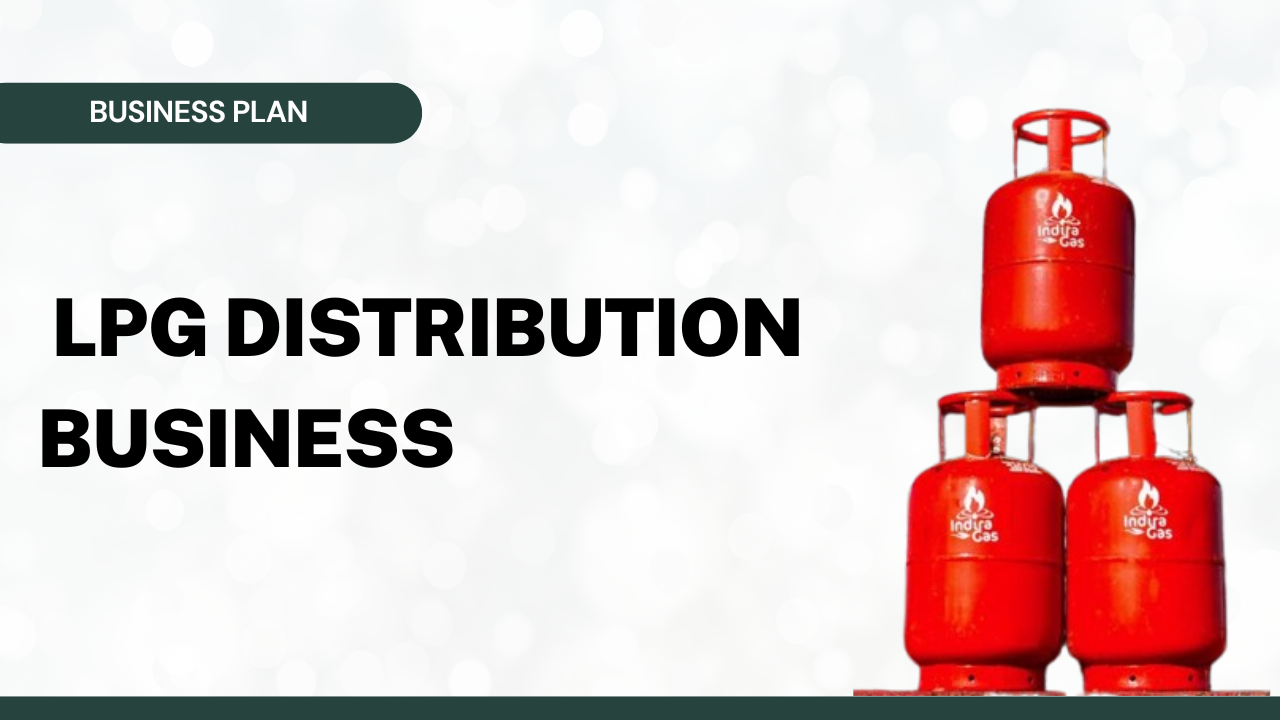Step-by-Step Guide to Starting an LPG Distribution Business

Introduction
The Liquefied Petroleum Gas (LPG) industry has experienced significant growth in recent years, driven by the increasing demand for clean and efficient energy sources. LPG is widely used in households for cooking and heating, as well as in various industrial applications. Entering the LPG distribution market presents a lucrative opportunity for entrepreneurs, offering profitability and the chance to contribute to sustainable energy solutions.
1. Conduct Market Research
Before launching an LPG distribution business, it's crucial to conduct thorough market research to understand the dynamics of the industry and identify potential opportunities.
- Analyze Local Demand: Assess the consumption patterns of LPG in your target area. Consider factors such as population density, the prevalence of LPG usage in households and industries, and potential growth trends. Understanding local demand will help you tailor your services to meet the needs of your community.
- Identify Competitors: Research existing LPG distributors in your area to understand the competitive landscape. Identify their strengths and weaknesses, market share, pricing strategies, and customer satisfaction levels. This analysis will help you develop strategies to differentiate your business and capture market share.
- Understand Regulatory Requirements: Familiarize yourself with local and national regulations governing the LPG industry. This includes safety standards, licensing procedures, environmental regulations, and any other legal requirements. Compliance is essential to operate legally and build trust with customers.
2. Develop a Comprehensive Business Plan
A well-structured business plan serves as a roadmap for your LPG distribution business, outlining your objectives and strategies for achieving them.
- Executive Summary: Provide an overview of your business, including your mission statement, business objectives, and the services you plan to offer.
- Market Analysis: Detail your research findings on market demand, target customer segments, and the competitive landscape. Include data and statistics to support your analysis.
- Marketing and Sales Strategies: Outline how you plan to attract and retain customers. This may include pricing strategies, promotional activities, distribution channels, and customer service policies.
- Financial Projections: Estimate your startup costs, operating expenses, revenue projections, and profitability. Include a break-even analysis and consider different scenarios to assess potential risks and returns.
3. Secure Necessary Licenses and Permits
Operating an LPG distribution business requires obtaining specific licenses and permits to ensure compliance with legal and safety standards.
- Legal Compliance: Obtain all required licenses and permits from relevant authorities. This may include a business license, fire safety permit, environmental compliance certificate, and workplace registration certificate. Ensure adherence to safety and environmental regulations to avoid legal issues and build customer trust.
- Insurance Coverage: Invest in comprehensive insurance policies to protect your business against potential risks, such as accidents, property damage, or liability claims. Consult with an insurance professional to determine the appropriate coverage for your operations.
4. Establish Supply Chain and Infrastructure
Setting up a reliable supply chain and robust infrastructure is critical for the efficient operation of your LPG distribution business.
- Source Reliable Suppliers: Partner with reputable LPG producers or wholesalers to ensure a consistent and quality supply of LPG. Negotiate favorable terms and establish long-term relationships to maintain supply stability.
- Set Up Storage Facilities: Invest in appropriate storage solutions, such as storage tanks and cylinders, adhering to safety standards. Ensure your storage facilities are well-ventilated, secure, and compliant with regulatory requirements.
- Transportation Logistics: Acquire suitable delivery vehicles and equipment to facilitate efficient distribution. Implement a logistics plan that optimizes delivery routes and schedules to meet customer demands promptly.
5. Implement Safety Measures
Safety is paramount in the LPG industry due to the flammable nature of the product.
- Staff Training: Ensure all employees are trained in handling LPG safely and responding to emergencies. Regular training sessions and certifications can help maintain high safety standards.
- Safety Equipment: Equip your facilities and vehicles with necessary safety gear, including fire extinguishers, protective clothing, and gas detectors. Regularly inspect and maintain safety equipment to ensure functionality.
- Regular Inspections: Conduct routine checks of your storage facilities, equipment, and delivery vehicles to maintain safety standards and prevent accidents. Implement a maintenance schedule and keep detailed records of inspections and any corrective actions taken.
6. Develop Marketing and Sales Strategies
Effective marketing and sales strategies are essential to attract and retain customers in the competitive LPG market.
- Branding: Create a strong brand identity that resonates with your target audience. This includes designing a memorable logo, developing a compelling brand message, and maintaining consistent branding across all marketing materials.
- Digital Presence: Establish an online presence through a professional website and active social media profiles. Utilize digital marketing strategies such as search engine optimization (SEO), content marketing, and online advertising to reach a broader audience.
- Customer Engagement: Implement loyalty programs, offer exceptional customer service, and seek customer feedback to build a loyal customer base. Engaging with customers through various channels can enhance satisfaction and encourage repeat business.
7. Monitor Financial Performance
Regular monitoring of your financial performance is crucial to ensure the sustainability and growth of your LPG distribution business.
- Accounting Systems: Set up robust accounting practices to track income, expenses, and profitability. Utilize accounting software to streamline financial management and generate accurate reports.
- Budgeting: Regularly review and adjust budgets

 Book Connection
Book Connection